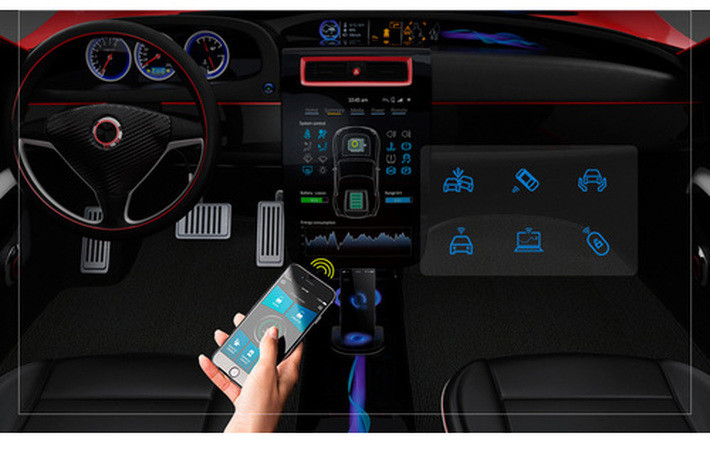
Published on 11/16/2016 | Use Cases
Say “Internet of Things” and most people think of consumer applications like fitness trackers, smart thermostats and refrigerators that talk to your TV. But until now consumers have yet to see IoT change their lives on a large scale. But that is about to change If you are one of millions of Americans who spends hours of your week commuting by car.
In this blog series, we will examine how IoT is poised to change the transportation industry and how you will see your commute change for the better. Here are three ways IoT is transforming your commute:
Your car is becoming a mobile data center
The automotive industry has traditionally been an early adopter of technology, and their adoption of IoT is no exception. By 2020, Gartner predicts there will be a quarter billion connected cars. Cars are becoming mobile data centers, producing up to millions of data points each second during your commute. Using this data to improve the driving experience is a priority for all automakers. Not only will this change each driver’s commuting experience, as cars will provide much more customized and extensive entertainment options, but this will also improve the safety of commutes.
For the first time in five decades, traffic fatalities in the U.S in 2015 increased year-to-year (by 7.2%). Almost half of passenger vehicle occupants killed last year were not wearing safety belts and approximately 10% of these fatalities involved distracted driving. These causal factors are preventable, and new technologies in connected cars can help ensure that drivers are safe and aware.
Learn more about connected cars and autonomous vehicles.
In the U.S., road infrastructure is dated, which is why it’s been a hot topic in the election cycle. Hilary Clinton, for example, has proposed a five-year plan that calls for $250 billion in direct spending on roads and bridges. While large countries with established infrastructure are often slow to move on innovation in this space, many developing countries are in the midst of rolling out new infrastructure and are leading IoT adoption in infrastructure projects.
Governments are beginning to transform their roads by using IoT sensors combined with advanced analytics to optimize road management. The Sao Paolo State Transport Agency uses IoT to monitor traffic in real-time, ensure road conditions are safe and efficient, and then prioritize maintenance based on data to not only reduce costs but also to reduce the impact of work on traffic.
What does this mean for drivers in Brazil? Less traffic, faster commutes, fewer construction delays, and less risk of injury. Combined with the proliferation of connected cars, we expect to see the driving experience change dramatically in the next 5 years, even if infrastructure investment lag technological innovation.
As road management evolves to leverage IoT technology, so will city planning. Road congestion is a problem for cities from New York to Nairobi. In fact, when road management is treated as a science, it provides critical data to urban planners that can help make smarter infrastructure investments, creating a virtuous cycle of efficient improvements across cities that benefit commuters.
Kenya is one of the world’s fastest growing economies and it’s capital, Nairobi, has heavily used yet rough road infrastructure. It’s estimated that $600,000 is lost every day as a result of congestion on the roads in Nairobi, as traffic not only making commuting difficult and impacts businesses, but it also hinders public services such as waste management.
Working with IBM, the city is using mobile phone data from IBM sensors on garbage trucks to ease traffic congestion. Because these trucks are one of the few vehicles that traverse the entire city, they’re the ideal, low-tech roving data center for collecting information about traffic to optimize city planning and infrastructure investments.
Learn more about how Nairobi is changing road management and urban planning to improve commuting.
Shortening commutes has real value and benefits. A recent study by the Royal Society of Public Health found that for UK commuters:
• Over 50% say their commutes increase their stress levels
• Over 33% say commuting decreases time spent sleeping
• Over 40% claim commuting reduces the time they spend being physically active
A recent analysis suggested that New Yorkers will pay $56 a month to trim a minute off their commute, but they may not have to pay a dime. The promise of IoT is that technology will systemically shorten all of our commutes.
Think about what you could do with those hours back, you could for example share your thoughts on this automotive post by sharing a comment below.
You can find the original article here